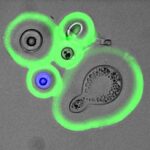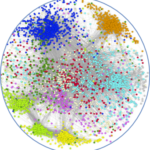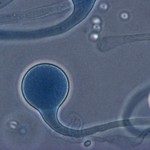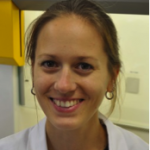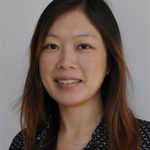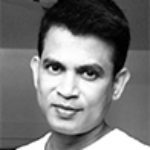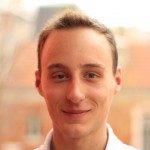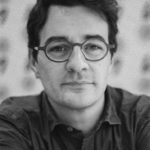Link to Pubmed [PMID] – 38033163
Link to DOI – 10.1371/journal.ppat.1011841
PLoS Pathog 2023 Nov; 19(11): e1011841
Macrophages play a key role in disseminated cryptococcosis, a deadly fungal disease caused by Cryptococcus neoformans. This opportunistic infection can arise following the reactivation of a poorly characterized latent infection attributed to dormant C. neoformans. Here, we investigated the mechanisms underlying reactivation of dormant C. neoformans using an in vitro co-culture model of viable but non-culturable (VBNC; equivalent of dormant) yeast cells with bone marrow-derived murine macrophages (BMDMs). Comparative transcriptome analysis of BMDMs incubated with log, stationary phase or VBNC cells of C. neoformans showed that VBNC cells elicited a reduced transcriptional modification of the macrophage but retaining the ability to regulate genes important for immune response, such as NLRP3 inflammasome-related genes. We further confirmed the maintenance of the low immunostimulatory capacity of VBNC cells using multiplex cytokine profiling, and analysis of cell wall composition and dectin-1 ligands exposure. In addition, we evaluated the effects of classic (M1) or alternative (M2) macrophage polarization on VBNC cells. We observed that intracellular residence sustained dormancy, regardless of the polarization state of macrophages and despite indirect detection of pantothenic acid (or its derivatives), a known reactivator for VBNC cells, in the C. neoformans-containing phagolysosome. Notably, M0 and M2, but not M1 macrophages, induced extracellular reactivation of VBNC cells by the secretion of extracellular vesicles and non-lytic exocytosis. Our results indicate that VBNC cells retain the low immunostimulatory profile required for persistence of C. neoformans in the host. We also describe a pro-pathogen role of macrophage-derived extracellular vesicles in C. neoformans infection and reinforce the impact of non-lytic exocytosis and the macrophage profile on the pathophysiology of cryptococcosis.
